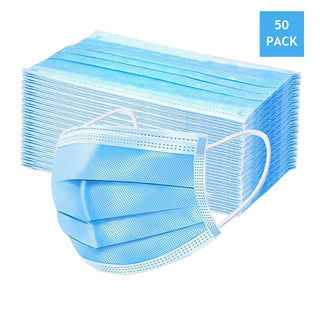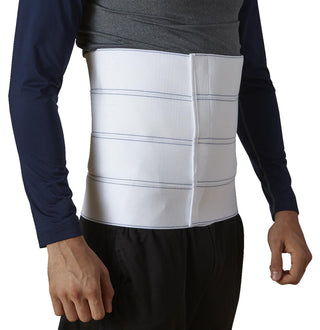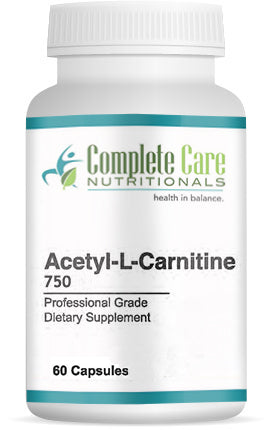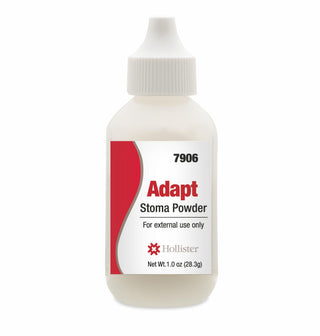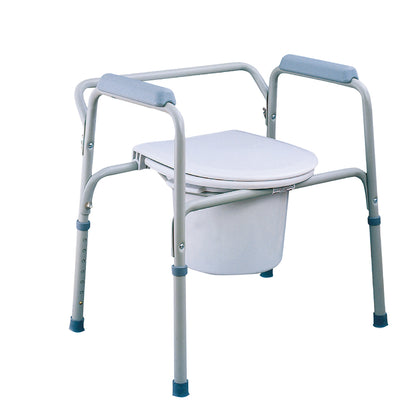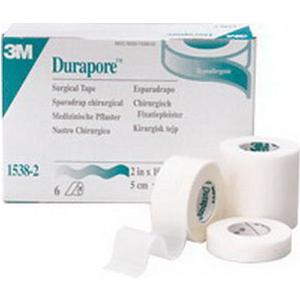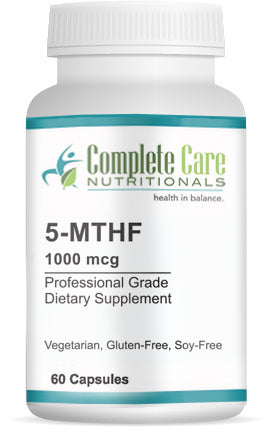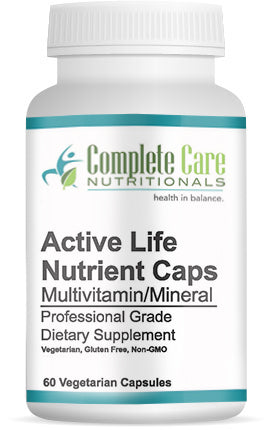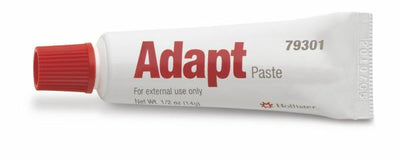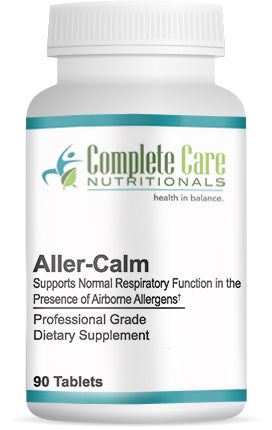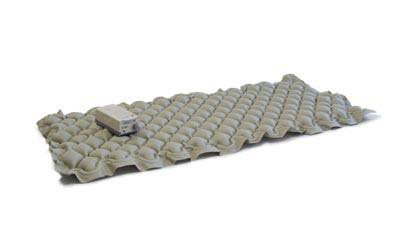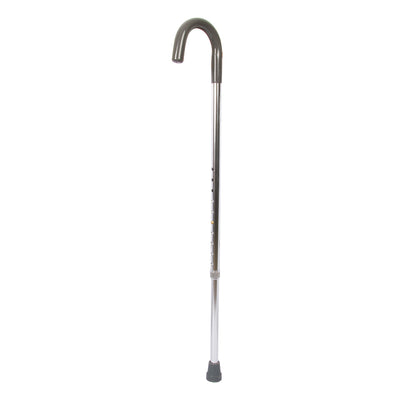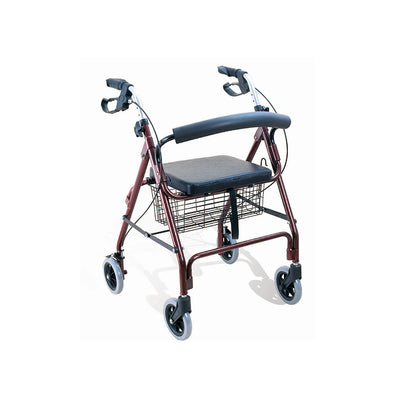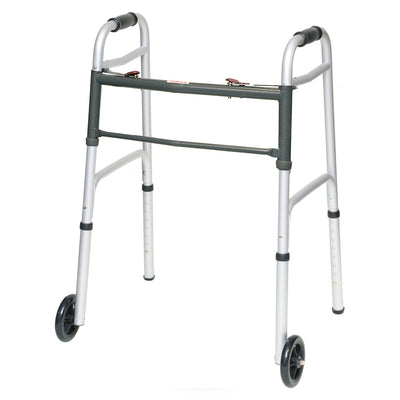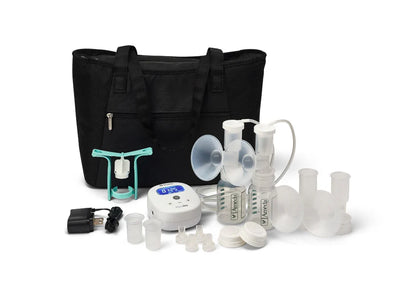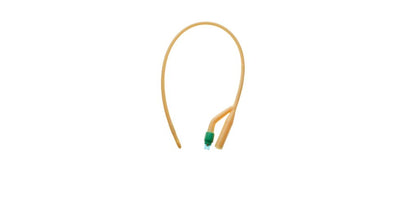A catheter is a soft, hollow tube that's inserted into the bladder to help drain urine. These are often used for bedridden people or those who can't pass urine for any other reason. But how did catheters come to be?
The intriguing history of catheters starts further back in time than you'd expect. Continue reading below to learn when the first catheter was created and how technology has changed for catheter patients over time since.
The First Catheters
Archaeologists have found evidence of catheter use dating as far back as 3,000 years ago in what is now modern-day Syria. The Ancient Greeks have also been found to use catheters in some form.
You wouldn't recognize the catheters of three millennia ago. While they served the same purpose, these medical devices were created using straw, reeds, palm leaves, or onion tops rolled into a tube shape.
Silver Catheters
Malleable catheters (those that will bend or shape easily) were first introduced during the 11th century. These were created using silver because the material can easily be bent into any shape. People believed silver to have antiseptic functions, which, theoretically, would help prevent the frequent related infections seen earlier in the history of catheters.
Famed American inventor, Ben Franklin, had a big part to play in creating silver catheters. Franklin's brother, John, had kidney issues that required him to use a catheter. When Franklin saw how painful the process was, he began working on something better.
Rubber Catheters
During the 1700s, rubber was invented and became widely used in various processes. This included use in the production of catheters since rubber was more flexible than silver or alternatives.
Unfortunately, natural rubber isn't very durable. The material weakens easily and is prone to brittleness when cold. Due to these problems, some natural rubber catheters would begin to disintegrate while inside the patients, leaving debris in the bladder and urethra.
This debris often led to complications, including severe infections. Inflammation also happened.
However, in the 1800s, Charles Goodyear formulated the concept of vulcanized rubber, and it wasn't long before it became the standard. Vulcanized rubber led to latex red rubber catheters becoming the most popular option during the 20th century. These were safer and more durable than the natural rubber options.
Sterile Catheters
Although vulcanized rubber catheters presented fewer health risks than previous materials, they were still causing quite a few urinary tract infections in catheter patients. This became a more significant problem in the years following World War II, when many injured veterans required the use of catheters.
To solve this issue, Ludwig Guttman introduced the idea of sterile catheters in the years following the war. This helped significantly decrease the risk of infection (including UTIs) and became the most popular choice moving into the modern day.
Catheters Today
The advancements in catheter technology are far beyond what they were even just 20 years ago. Catheters now exist in many materials, sizes, brands, and types, including hydrophilic catheters, pre-lubricated catheters, closed system catheters, and even pediatric catheters in sizes for children and more.
Today, Complete Care Medical has provided the highest quality of supplies for catheter patients for more than 15 years. We’re ready to help you find the catheter that will work best for you from our wide variety of top brands. Contact us today with your urological medical care needs.

























